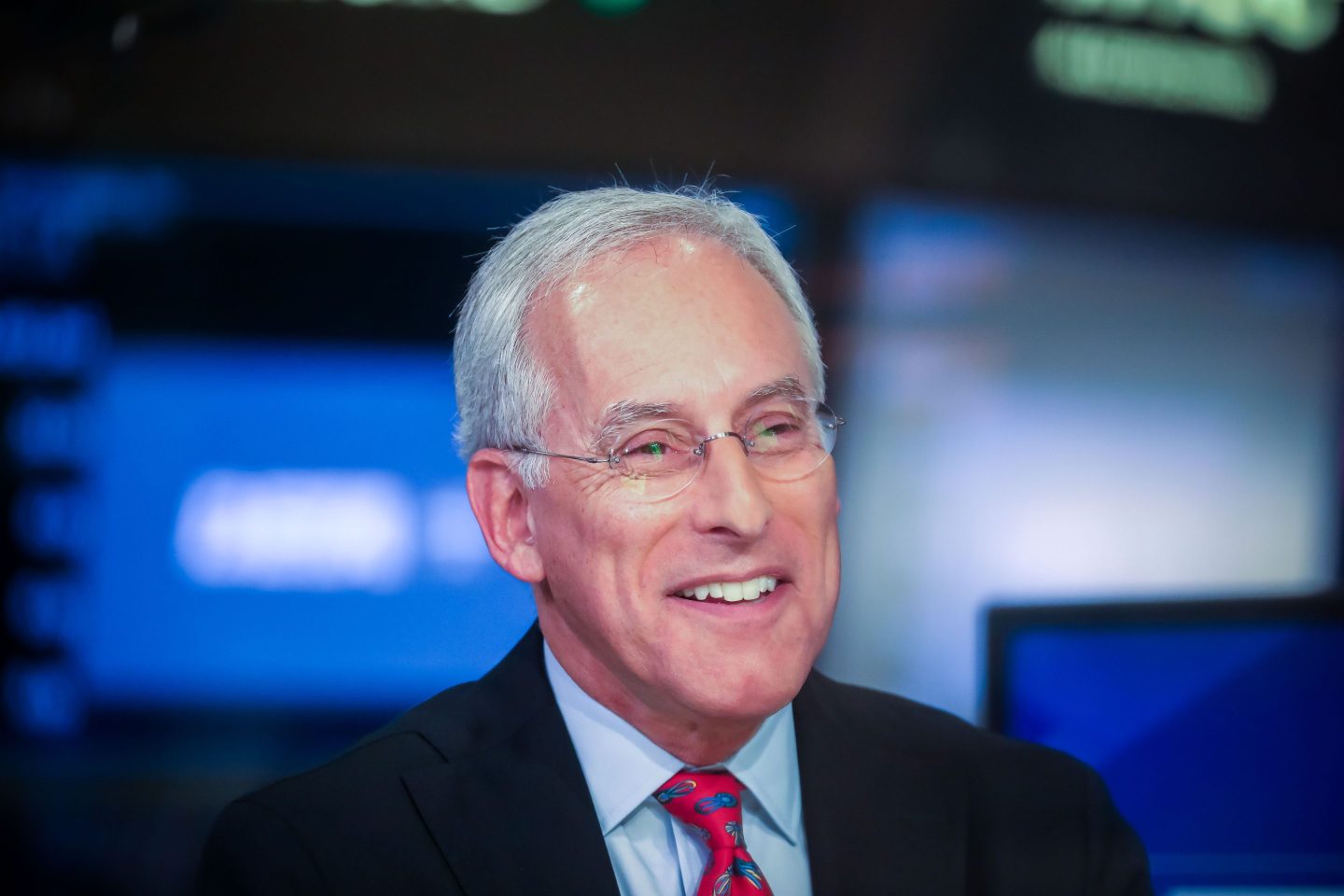By Jason Cook, contributor
FORTUNE — Anthony Little, a trader based in New York, strides across the trading floor with a Bluetooth headset tucked neatly into his ear as the lights on his trading turret flash urgently, indicating three additional incoming calls. In an animated discussion with a client based in Chicago, he gestures expressively as he continues walking towards the telepresence suite where he has a meeting scheduled with his counterparts in Los Angeles in a matter of minutes. His Blackberry beeps, and, whipping out his phone, he reads a text and email message that just came in.
In midtown Manhattan, Margo LaGois, an advertising executive, flips through the inboxes of the three email accounts that she has synced with her iPhone, while checking the latest updates on her Facebook and Twitter accounts through her office computer. Her office communicator pops up, as a colleague in Miami invites her for a quick conference call on the Windows Lync platform.
Such is a ten second snippet in the life of today’s digital native, a term coined by writer Marc Prensky in 2001 to describe those who, through interacting with digital technology from an early age, are completely at ease with the multiple devices and technologies we use today.
Digital natives are now flooding workplaces, smartphone in one hand and a laundry list of technology demands for their prospective employers in the other. This influx of digital natives and their devices is causing businesses to rethink their existing policies and IT infrastructure to ensure that they get the most out of these digital natives.
One area which enterprises have begun exploring in recent years is the concept of unified communications – the process of turning multiple channels of communication into a single, seamless conversation. Unified communications uses the concept of presence to help assess which way is best for one user to reach another. It then translates messages and directs them to whichever device the end user is most likely to be using at that time.
Enhanced connectivity, together with advances in technology such as the adoption of smartphones and tablets, the emergence and subsequent proliferation of social networks, have all changed our lives to a large extent. But the challenge remains to unify and integrate these components. Fortunately, businesses now have the tools to combine the latest in telephony, instant messaging, conferencing and presence information in a secure and fully-managed environment. And it could not have come at a better time, because digital natives demand nothing less.
Modern collaborative technologies allow digital natives to accelerate the pace of work through a mix of emails, instant messages, audio, web and video conferences with colleagues. Managers might hold weekly team meetings by audio conference, while presence-enabled staff directories allow digital natives to easily check when their colleagues are available for discussions.
Project teams can employ several technologies to simulate face-to-face meetings. Conference room systems such as telepresence, being the most sophisticated of video conferencing technologies, allow for an immersive experience, allowing digital natives to collaborate effortlessly with colleagues based in other cities and countries, eliminating the need for flights which are fuel-guzzling, time sapping and costly.
As unified communications continues to evolve, digital natives will push for the consumerization of IT and access to social networks from corporate networks as part of their communications diet. There’s no beating back the tide as digital natives continue to push, pull and smuggle their own choice of technology into work. Every large organization must face the reality of the situation, accept what is happening and start to lead. Organizations must set policies and guidelines that enable them to enjoy the benefits of consumerization and the creative energy the digital natives bring to the workplace while keeping their network and data secure.
Jason Cook is the Chief Architect and CTO of BT US & Canada.











